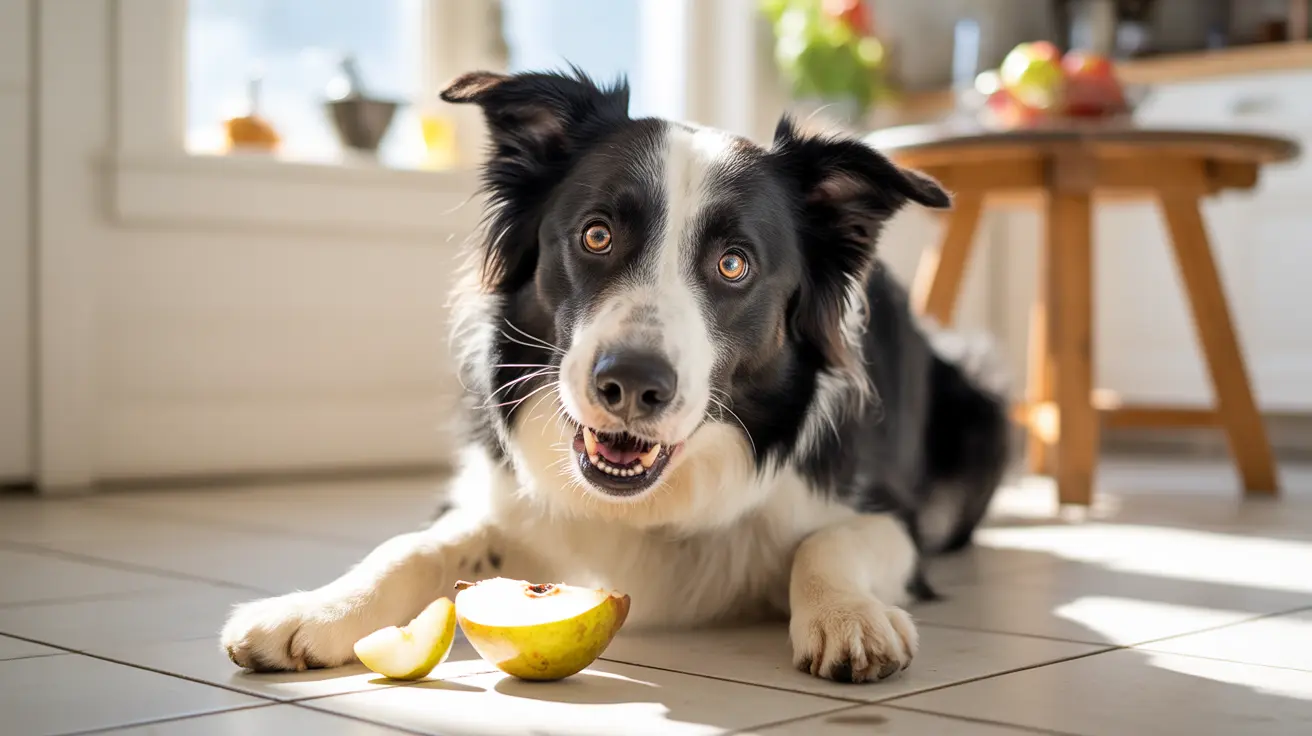The Origins and Breed Composition of the Great Dane
The Great Dane, often referred to as the "Apollo of dogs," is a majestic and powerful breed known for its towering height and gentle temperament. But what exactly makes a Great Dane? To answer this question, we delve into the breed’s historical development, genetic roots, and the various traits inherited from its ancestors.
Historical Background
The Great Dane was originally developed in Germany several centuries ago, contrary to the implications of its name which suggest Danish origins. It was selectively bred as a boar-hunting and estate-guarding dog used by European nobility. Its imposing size and power made it well-suited for these demanding roles.
Breed Composition
The Great Dane is not a natural breed but rather the result of strategic crosses between other large dog breeds. The goal was to combine size, strength, speed, and a manageable temperament. The main breeds that contributed to the development of the Great Dane include:
- Mastiff-like dogs: These dogs contributed robust bones, a powerful build, and fearless guarding traits. Mastiffs are known for their protective instincts and large frame, both visible in the Great Dane.
- Irish Wolfhounds: This breed added considerable leg length and height. Known as one of the tallest dog breeds, Irish Wolfhounds provided the frame to create the majestic stature of the Great Dane.
- Possibly Greyhounds: Greyhounds may have been used to refine the breed’s lines and enhance agility and speed. This influence gave the Great Dane a graceful stride and a more sculpted body profile.
Key Physical Traits Passed Down
From its ancestors, the Great Dane inherited a combination of distinctive features:
- Tall stature: Thanks to Irish Wolfhound genetics, adult males can reach 30–34 inches at the shoulder.
- Massive weight: Derived from mastiff roots, males commonly weigh up to 200 pounds.
- Strong neck and body: The deeply muscled body and broad chest highlight mastiff heritage.
- Long legs and elegant motion: Possible Greyhound genetics give the breed a graceful gait uncommon in larger dogs.
- Short, thick coat: A resilient coat protects them with minimal grooming demands.
Temperamental Inheritance
Over time, breeders aimed not only for physical excellence but also for a balanced temperament. The ideal Great Dane is affectionate, loyal, and well-behaved:
- Mastiffs lent calmness and strong bonds with humans.
- Irish Wolfhounds contributed a gentle and sensitive nature.
- Greyhounds may have added sociability and a lighter, more energetic side.
Common Misconceptions
Despite being called the Great Dane, the breed’s connection to Denmark is primarily nominal and traced to 18th-century French literature. The correct breed origin is Germany where it was known as the "German Mastiff" (Deutsche Dogge).
Modern Usage and Popularity
Nowadays, the Great Dane is a loyal companion dog. Its gentle personality and commanding presence make it ideal for families, provided it is properly trained and socialized.
Interesting Facts
- The tallest Great Dane on record, Zeus, stood 44 inches tall at the shoulder.
- They are frequently portrayed in media (e.g., Scooby-Doo, Marmaduke) as gentle giants.
- Great Danes require special nutrition during growth due to their size and vulnerability to bone issues.
Conclusion
The Great Dane is a blend of mastiff robustness, wolfhound height, and possibly Greyhound refinement. This thoughtful combination, along with disciplined breeding over centuries, produced a breed that is both majestic and affectionate. Understanding the roots of the Great Dane helps explain not only its awe-inspiring size but also its loyal and mellow personality—making it one of the most cherished giant breeds in the world.





